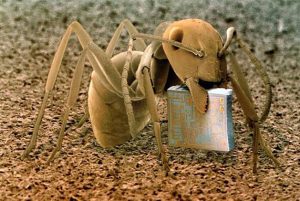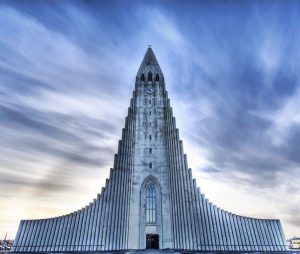The Japanese rice field art

Japanese rice field art
Read Time:2 Minute, 16 Second
Looks ordinary enough… but watch as the rice grows!. Stunning crop art has sprung up across rice fields in Japan, but this is no alien creation. The designs have been cleverly PLANTED!
Sent by: Gene B.
Watch as the Rice grows…







Stunning crop art has sprung up across rice fields in Japan, but this is no alien creation.
The designs have been cleverly PLANTED!
Farmers creating the huge displays use no ink or dye. Instead, different colour rice plants have been precisely and strategically arranged and grown in the paddy fields.
As summer progresses and the plants shoot up, the detailed artwork begins to emerge.


A Sengoku warrior on horseback has been created from hundreds of thousands of rice plants.
The colours are created by using different varieties of rice plants, whose leaves grow in certain colours.
This photo was taken in Inakadate, Japan.

Napoleon on horseback can be seen from the skies.
This was created by precision planting and months of planning by villagers and farmers located in Inkadate, Japan.

Fictional warrior Naoe Kanetsugu and his wife, Osen, whose lives are featured on the television series ‘Tenchijin’ appear in fields in the town of Yonezawa in the Yamagata prefecture of Japan.

This year, various artwork has popped up in other rice-farming areas of Japan, including designs of deer dancers.
Smaller works of ‘crop-art’ can be seen in other rice-farming areas of Japan such as this image of Doraemon and deer dancers.
The farmers create the murals by planting little purple and yellow-leafed Kodaimai rice along with their local green-leafed Tsugaru, a Roman variety, to create the coloured patterns in the time between planting and harvesting in September.
The murals in Inakadate cover 15,000 square meters of paddy fields.

From ground level, the designs are invisible, and viewers have to climb the mock castle tower of the village office to get a glimpse of the work.








